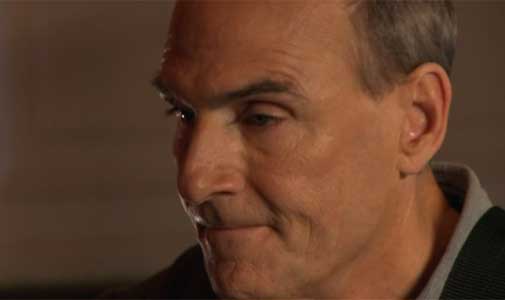
Troubadours: Carole King/James Taylor and the Rise of the Singer-Songwriter , the newest American Masters masterwork, premieres Wednesday on PBS (8 p.m. ET -- check local listings). Consuming its contents, for many fans of that music, will be as revelatory as they are enjoyable...
Imagine a neighborhood in which many of the residents were the creators and performers of some of the most memorable music of a generation. Or Elton John, an unknown singer-pianist in 1970, playing to an almost-empty club.
Try to hear in your mind James Taylor's Carolina in My Mind backed by a big orchestral sound. Or the Shirelles' version of Will You Love Me Tomorrow having the same effect as when its writer, Carole King, later made it a classic on her Tapestry album.
The neighborhood is L.A.'s Laurel Canyon, and residents at one time included King, Joni Mitchell, Jackson Browne, David Crosby, Graham Nash, Glenn Frey and other significant artists of the late '60s and early '70s.
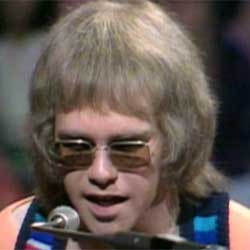
And Sir Elton, making his first American performing appearance in 1970, played to a mostly empty house at the kingmaker club of the time, Doug Weston's Troubadour on Santa Monica Boulevard.
James Taylor's initial solo album was recorded by Apple Records when the Beatles were still very involved in its operation. That version of Carolina has the kind of orchestral sound reminiscent of A Day in the Life.
And when Carole King made her Troubadour debut, it took a bomb threat and evacuation of the building to help her overcome her nervousness.
These are just some of the fascinating contents neatly packed inside this new, surprisingly informative American Masters documentary.
A lot of us showed up for that remarkable time in American music, the so-called troubadour era, but took few notes. There were a lot of '40s- and '50s-born who greedily adopted almost everything performed by Carole King and James Taylor but, it can be argued, didn't know at the time they composed the songs they performed. These ever-aging boomers loved the singer-songwriter music without defining it as a "breather" era in popular music, post-Beatles, and that its growth was as geographic as it was societal.
Director Morgan Neville's American Masters special, about that pivotal time, details and explains what happened, and how it happened, within a beautifully researched and constructed 90-minute package -- one it would be nearly impossible for anyone who lived through that time to dislike.
Neville has put together what he calls a scrapbook of an era, one that roughly began about the time the Beatles and Stones retreated and ebbed when a radically different late-'70s disco era elevated dance steps to a plane far above the music that accompanied them.
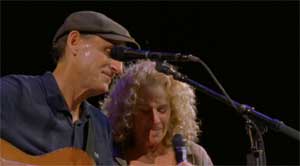
King and Taylor first played together at the Troubadour in 1970. In a recent phone interview with me for TV WORTH WATCHING, Neville told how the two artists arranged to have their 2007 reunion concert at Troubadour recorded on video, but weren't certain what they wanted to do with the footage afterward. Neville had worked with King before, when he shot a documentary about the New York-based writers of '50s and '60s pop music, a group that included the 18-year-old King and her creative partner and then-husband, Gerry Goffin. He approached King-Taylor in late 2009 with the idea of documenting the era by telling the story of them and their contemporaries.
"We'd like to help and cooperate," Neville said they told him. "You figure out what it is."
They were on their 2010 reunion tour and helped as much as possible. He took just a bit more than a year to put it together.
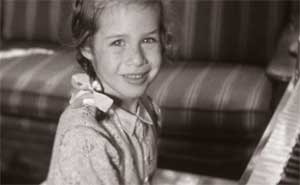
The result is a collection of contemporary interviews and performances intermixed with amazing archival footage: King as little girl, practicing at the piano; film from her wedding celebration; of her and Goffin working together on a song, and of the young family of three in their West Orange, N.J., home.
There is footage of Taylor performing Fire and Rain at the July 1969 Newport Folk Festival (below). Of a very young Joni Mitchell in one of her first concerts. And more. How did he find all of that fascinating footage?
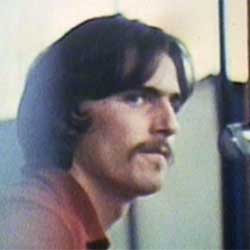
"We did an intensive archive search," Neville explained. "We hit usual suspects and then we kept digging. The artists also gave us some nuggets, others we found from former club employees. A few clips, like James at Newport playing Fire and Rain, were revelatory. James had just written the song and it was the first time he'd ever played anything larger than a club. You can see an artist at the moment he's finding his voice. It's discoveries like that that you live for as a documentarian."
Neville's love and understanding of the music, more than anything else, makes the idea work so well. The artful mixing of the new material with the old, in telling the story, results in a fast-moving program that will leave many viewers wishing for more.
Neville said he had enough good material to produce a longer version -- in fact, the version shown at the recent Sundance Film Festival was 10 minutes longer. He fell in love with material he had to take out for time, and said it was like "killing your babies." But it played to capacity audiences at each of its Sundance screenings, he said, "and with time, and when you see it with an audience, you get over it."
This probably is the best 90 minutes of television available all month. Savor it.